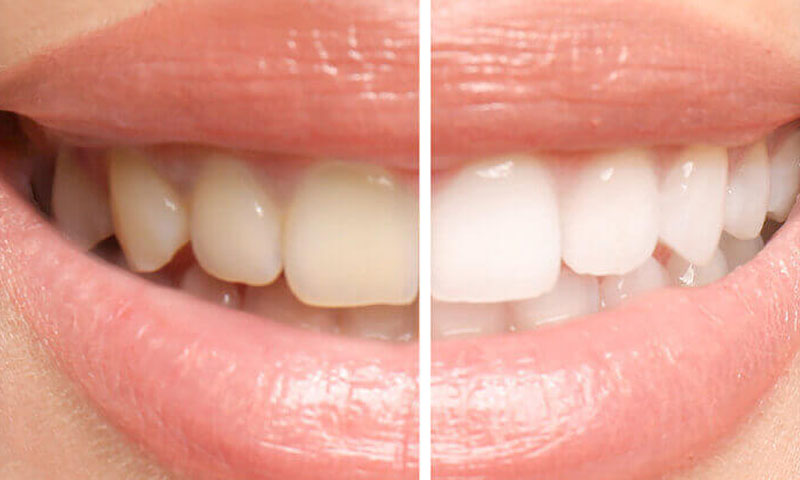Restorative dentistry is the study, diagnosis, and integrated management of diseases of the teeth and their supporting structures and the rehabilitation of the dentition to functional and aesthetic requirements of the individual. Restorative dentistry encompasses the dental specialties of endodontics, periodontics, and prosthodontics and its foundation is based upon how these interact in cases requiring multifaceted care. This may require close input from other dental specialties such as orthodontics, paediatric dentistry, and special care dentistry, as well as surgical specialties such as oral and maxillofacial surgery.
Restorative dentistry aims to treat the teeth and their supporting structures. Many conditions and their consequences may be assessed and treated by a restorative dentist. Environmental causes may include caries or maxillofacial trauma. Developmental issues may lead to the restorative dentist treating hypodontia, amelogenesis imperfecta, dentogenesis imperfecta or cleft palate. Multifactorial conditions, with an environmental and genetic basis, such as periodontitis would be treated by restorative dentistry. Restorative dentists are part of the multidisciplinary team managing head and neck oncology cases, both before treatment and helping to rehabilitate the patient after surgery and/or radiotherapy.
Restorative dentistry combines the three dental monospecialties of endodontics, prosthodontics and periodontics in order to provide holistic treatment for the patient. Restorative consultants work within dental hospital environments and receive referrals from other dental specialties and general dental practitioners. From this they may provide a treatment planning service, or provide ‘shared care’ with the referring dentist. Restorative dentists manage complex cases that would be difficult to manage in general dental practice that includes, but is not limited to:
– Pre-radiotherapy head and neck oncology assessments
– Oral rehabilitation of patients after head and neck oncology treatment
– Provision of obturators for head and neck oncology and cleft palate patients
– Oral rehabilitation of hypodontia patients
– Oral rehabilitation of maxillofacial trauma patients
– Management of tooth wear cases
– Root canal therapy – both non-surgical and surgical
– Periodontal treatment – both non-surgical and surgical





Let's Call You